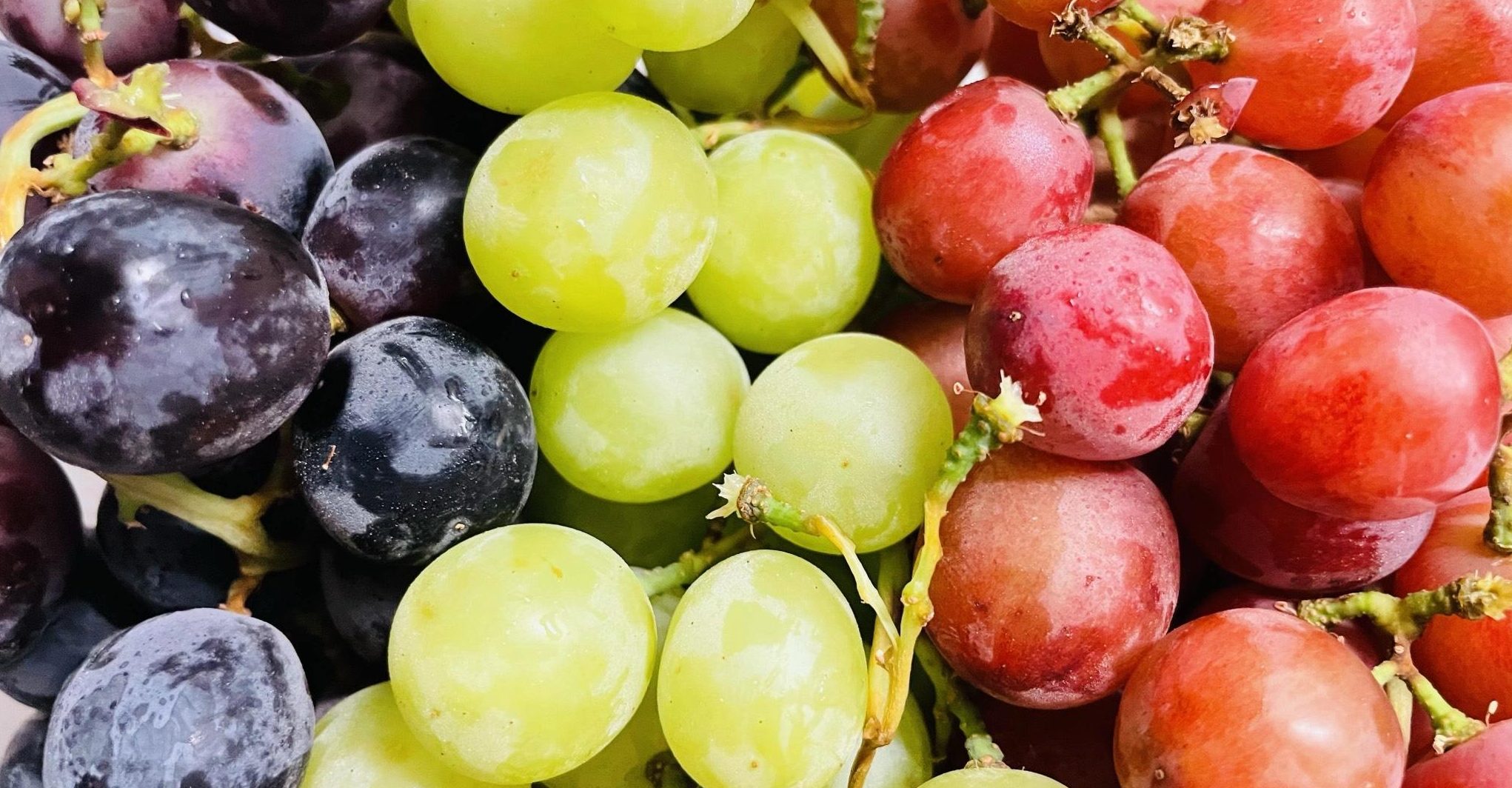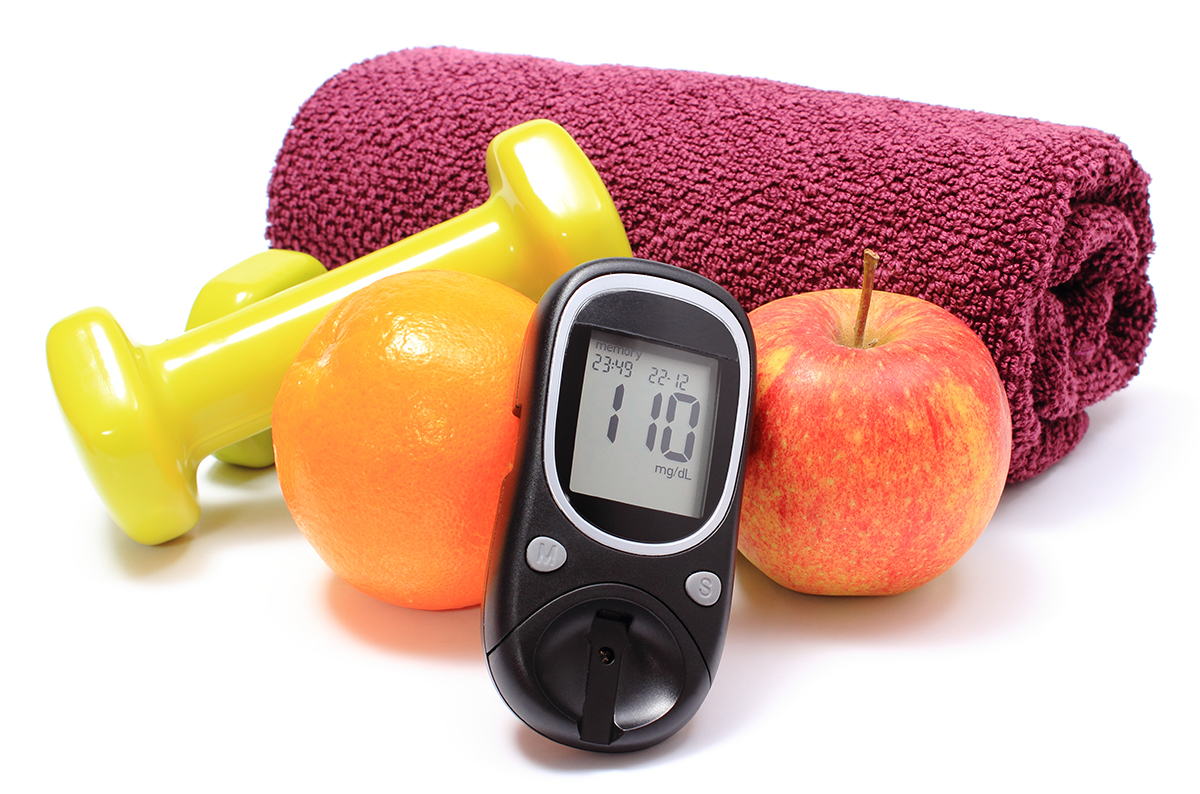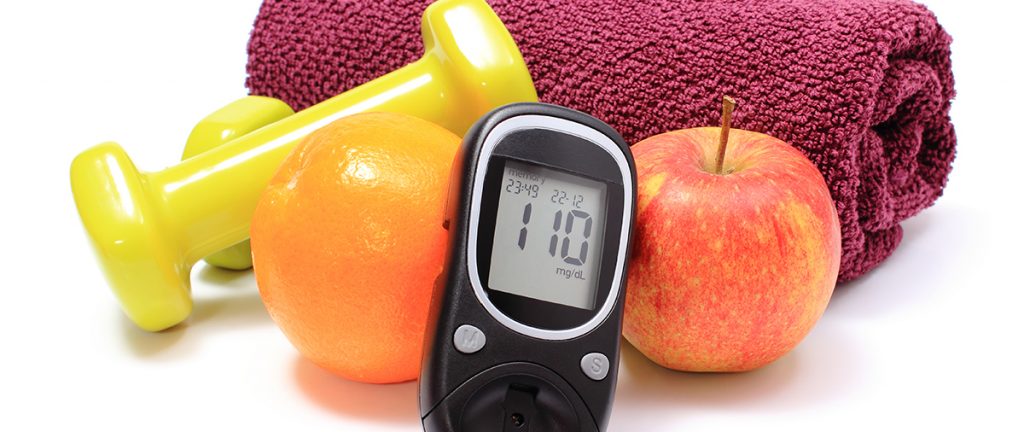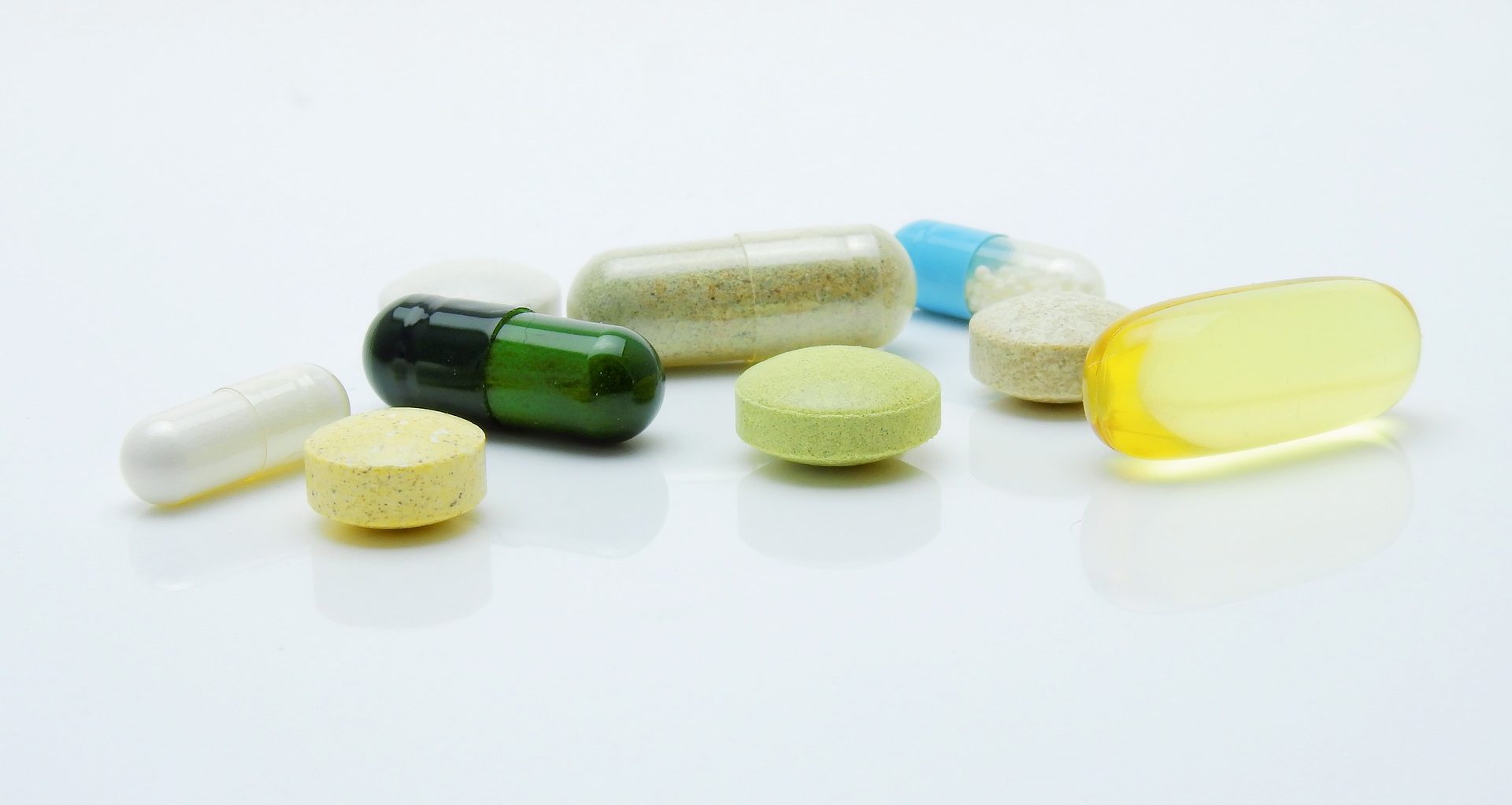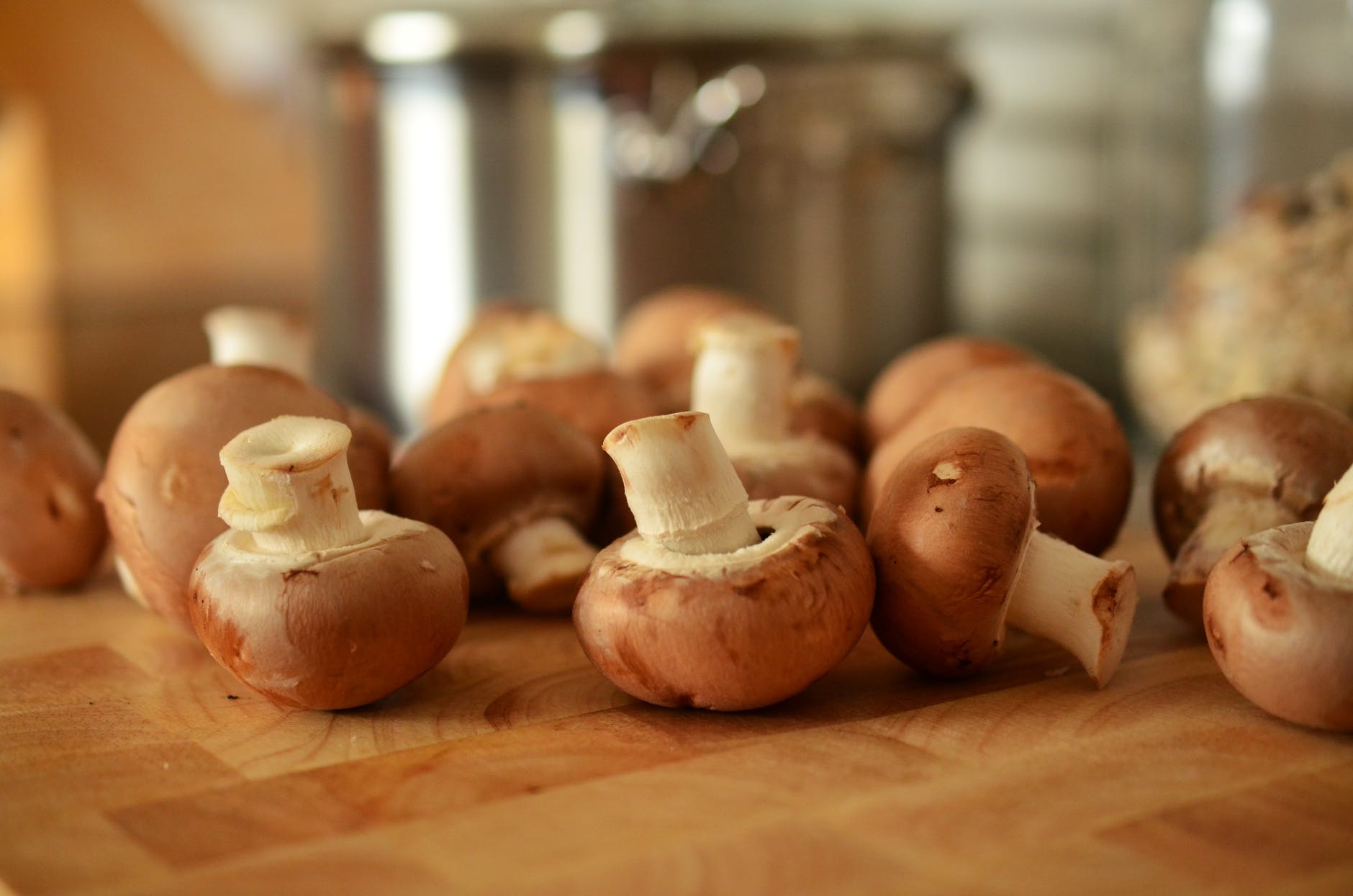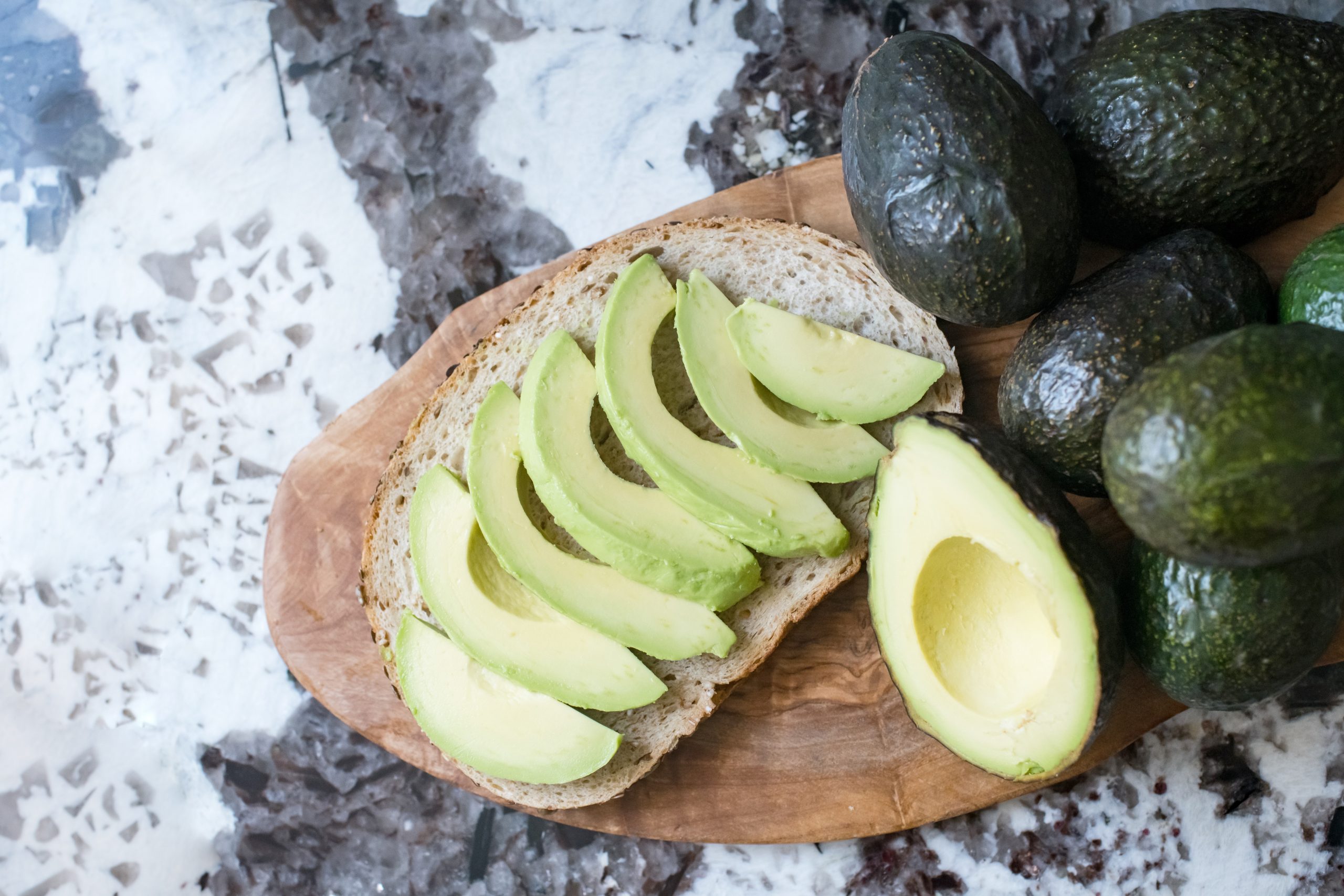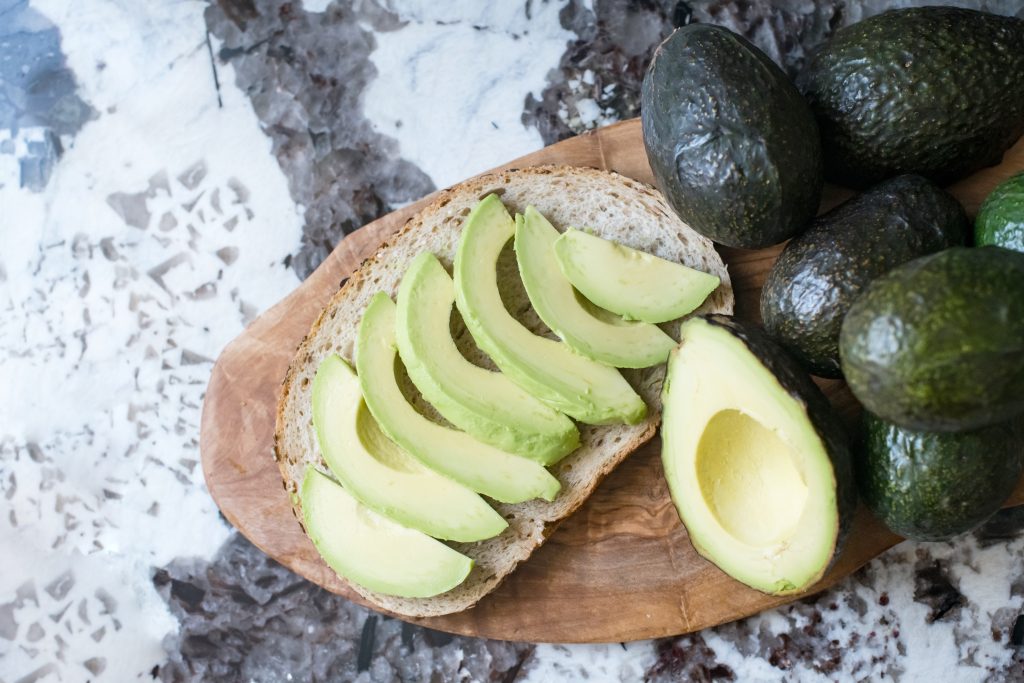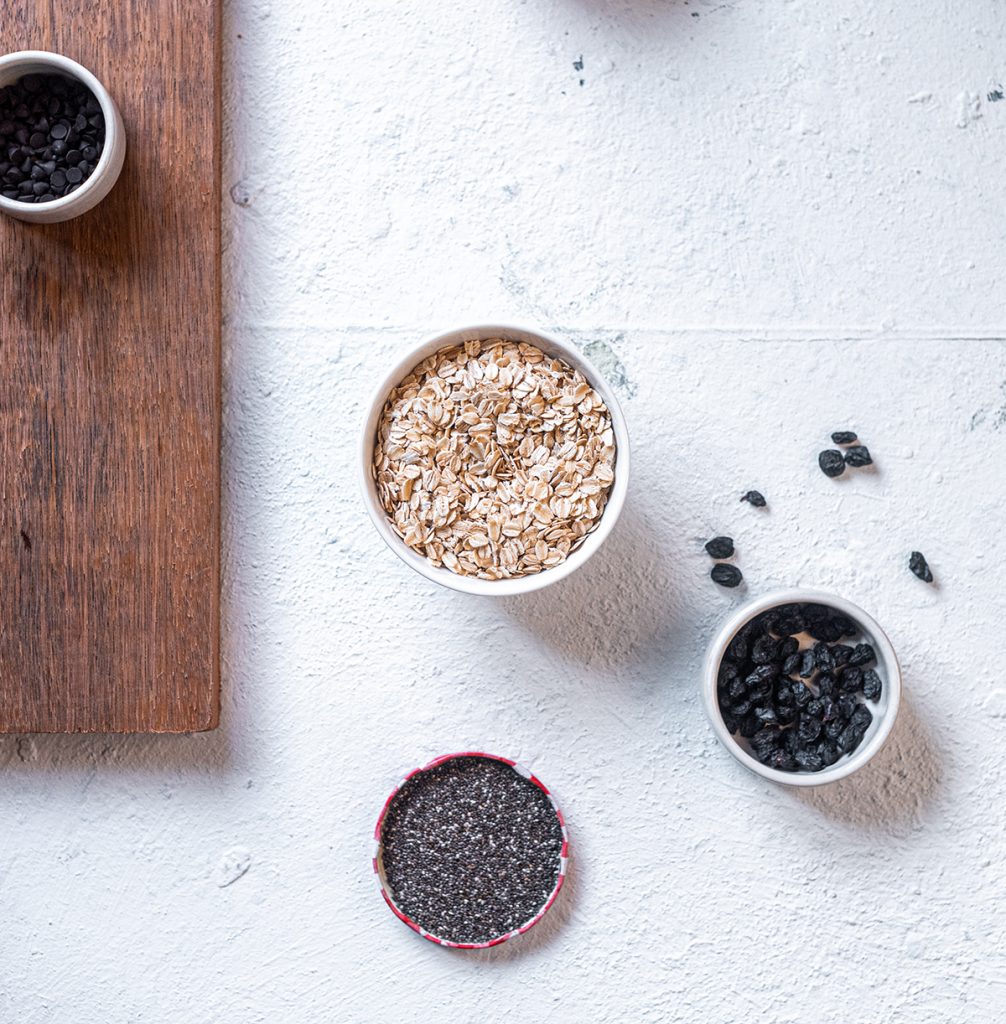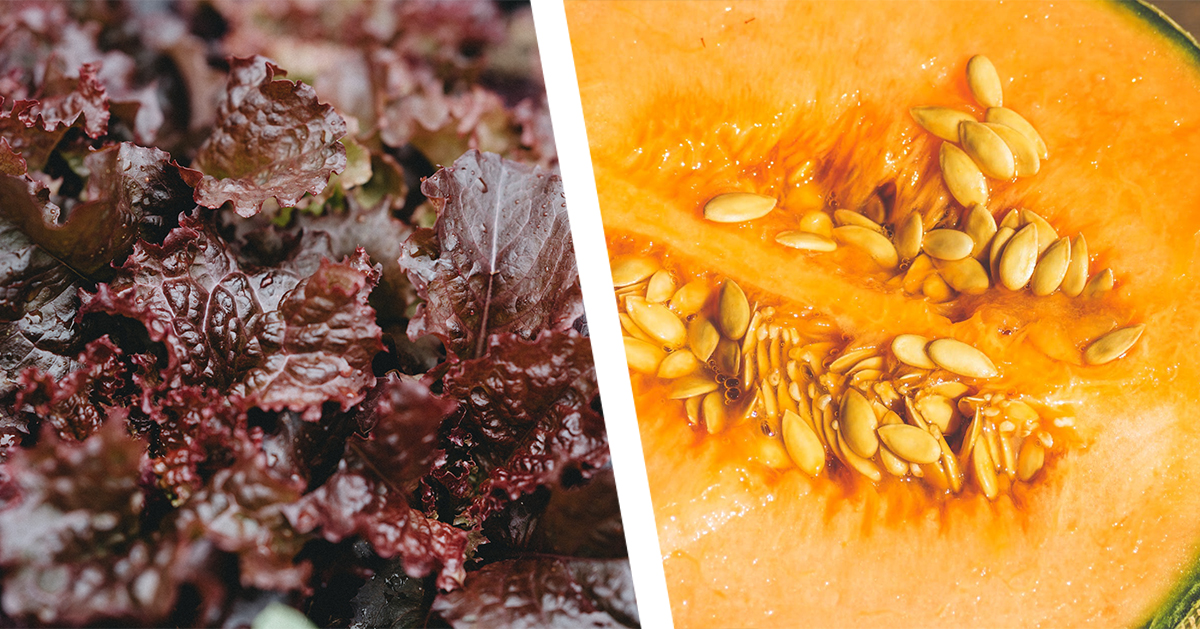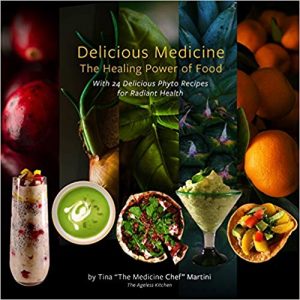Activating The Ageless Algorithm: Food
One step in activating the Ageless Algorithm is to eat and supplement intentionally. Supplements should be regarded as augmentations and not dependencies.
There is a plant for every ailment and attribute. I have a growing collection of botanical extracts on my shelf. For maximum benefit, shelve any illogical skepticism about the fruits of spaceship Earth.
The overall shift to noninvasive medicine and healthcare that gets back to nature will support longevity and immortality very directly through vital nutrients.
Consider the immortal Hippocrates quotation “let thy food be thy medicine” with the photo of the grapes above. Grape skin contains Reservatrol, a substance linked to numerous benefits including brain health. Although it is found concentrated in supplement form, the benefit and easy (tasty) access of whole foods, in general, is clear.
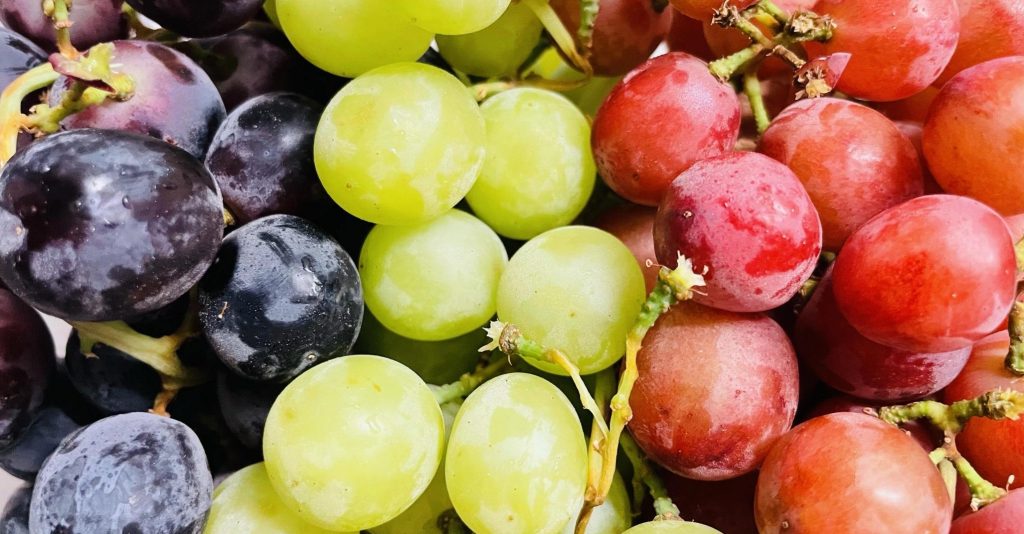
Another compound identified in connection with longevity is NAD+ or Nicotinamide Adenine Dinucleotide, associated with adult stem cell production. That too comes in supplement form, yet it is also available in foods like fish and mushrooms.
[Aside] And by the way: “Research into adult stem cells has been fueled by their abilities to divide or self-renew indefinitely and generate all the cell types of the organ from which they originate — potentially regenerating the entire organ from a few cells.” — Science Daily. This is kind of funny to extract what we already have inside of us and put it back in, which implies that perhaps what we also need is a new level of awareness.
In another article, Examining Biological Immortality in Nature, I identified the disaccharide sweetener Trehalose as possibly beneficial, given its production by some plants and animals as a protective crystallization against the elements or in a period of dormancy.
Deliberate choice of intake, rich in vitamins and minerals, enhances bodily processes and therefore quality of life.
In support of the adage “you are what you eat,” having as many live foods with active enzymes as possible is the way to go. You may already have many beneficial ingredients on hand, like turmeric (curcumin) or apples and onions (quercetin). This is naming just a few of millions.
Knowing and learning the usefulness and value of plants makes them even more effective. Such is the power of intention plus understanding.
Sarah Ikerd is a USA Weightlifting Level 2 Coach and Technical Official, as well as a business owner and artist who resides in Boston, MA. Visit her website, studio-shangri-la.com

